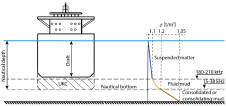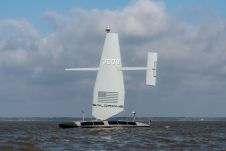Argeo signs contract with Woodside Energy for Calypso AUV survey
Subsea service provider Argeo has signed a contract with Woodside Energy to execute the 2024 AUV geophysical survey for the deepwater Calypso field in Trinidad and Tobago. The work will...










